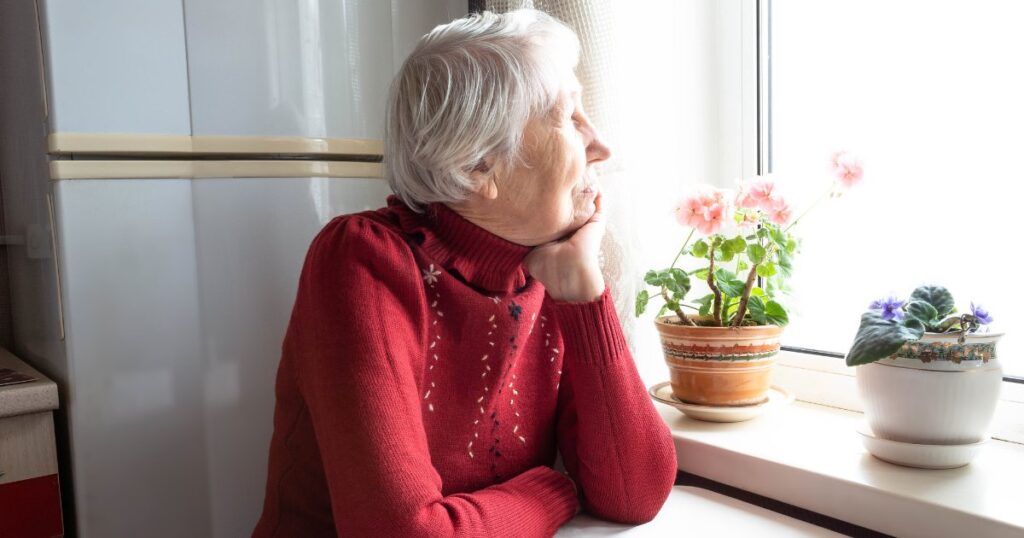Securing Safety: Innovative Strategies to Prevent Elopement in Senior Communities

Elopement, or the unsupervised departure of a senior from a care facility, poses significant safety risks, especially for individuals with cognitive impairments such as dementia. These vulnerable residents may wander due to confusion or in search of something familiar, unknowingly placing themselves in danger. Addressing elopement requires a delicate balance of safeguarding residents while respecting their dignity and autonomy.
Understanding the Risks
The consequences of elopement in senior care settings can be severe, including the risk of injury, exposure, or worse. Given the potential dangers outside the protective environment of their community, implementing robust preventative measures is crucial for facilities.
Innovative Strategies and Technologies
Technology plays a key role in preventing elopements. Among the leading innovations in this field is EyeWatch LIVE™, a non-wearable live camera monitoring system designed to enhance the safety of seniors in senior living communities. Unlike wearable devices, EyeWatch LIVE™ operates through strategically placed cameras that monitor common areas and exits to detect unusual activity or attempts to leave the facility unsupervised. This system provides real-time alerts to staff, enabling quick responses to prevent potential elopements.
The use of AI-powered systems complements EyeWatch LIVE™ by analyzing behavioral patterns to predict possible wandering incidents. These systems can alert staff about residents who may be at risk of elopement, allowing for preemptive action.
Architectural designs that naturally discourage wandering, without making residents feel confined, are also essential. Secure, yet unobtrusive, perimeters and thoughtfully designed landscapes can help keep residents safe while allowing them the freedom to move about their community.
The Human Element
While technology such as EyeWatch LIVE™ is indispensable, the human element remains crucial. Staff training is vital for recognizing early signs of potential wandering and understanding its underlying causes. Empathy and engagement with residents can also mitigate the restlessness that often leads to wandering. Activities and social interactions tailored to individual needs and interests can provide meaningful alternatives to wandering.
Personalized care plans, which consider each resident’s history, preferences, and triggers, are critical in minimizing elopement risks. Such individualized approaches ensure residents feel understood and content, reducing their inclination to wander.
Guidance for Implementation
For senior living community directors, implementing a system like EyeWatch LIVE™ involves assessing the facility’s layout and the specific needs of its residents. Training for staff should emphasize the importance of compassion and proactive engagement in elopement prevention.
Families considering senior living options for their loved ones should inquire about the facility’s approach to preventing elopements, including whether they employ monitoring technologies like EyeWatch LIVE™ and the level of staff training. A commitment to comprehensive, resident-centered care strategies is a strong indicator of a facility’s dedication to resident safety and well-being.
Conclusion
Preventing elopements in senior living communities requires a holistic approach that integrates cutting-edge monitoring technology with human insight and attentiveness. EyeWatch LIVE™ represents a significant advancement in ensuring the safety of seniors, providing a non-intrusive yet effective means of monitoring. However, technology must be part of a broader strategy that includes staff training, personalized care, and thoughtful environmental design. By prioritizing these elements, senior living communities can create a secure and nurturing environment where residents enjoy freedom and dignity, and families have peace of mind about their loved ones’ safety.
For more information on elopement prevention, resources from the Alzheimer’s Association and the National Institute on Aging offer valuable insights and recommendations.
